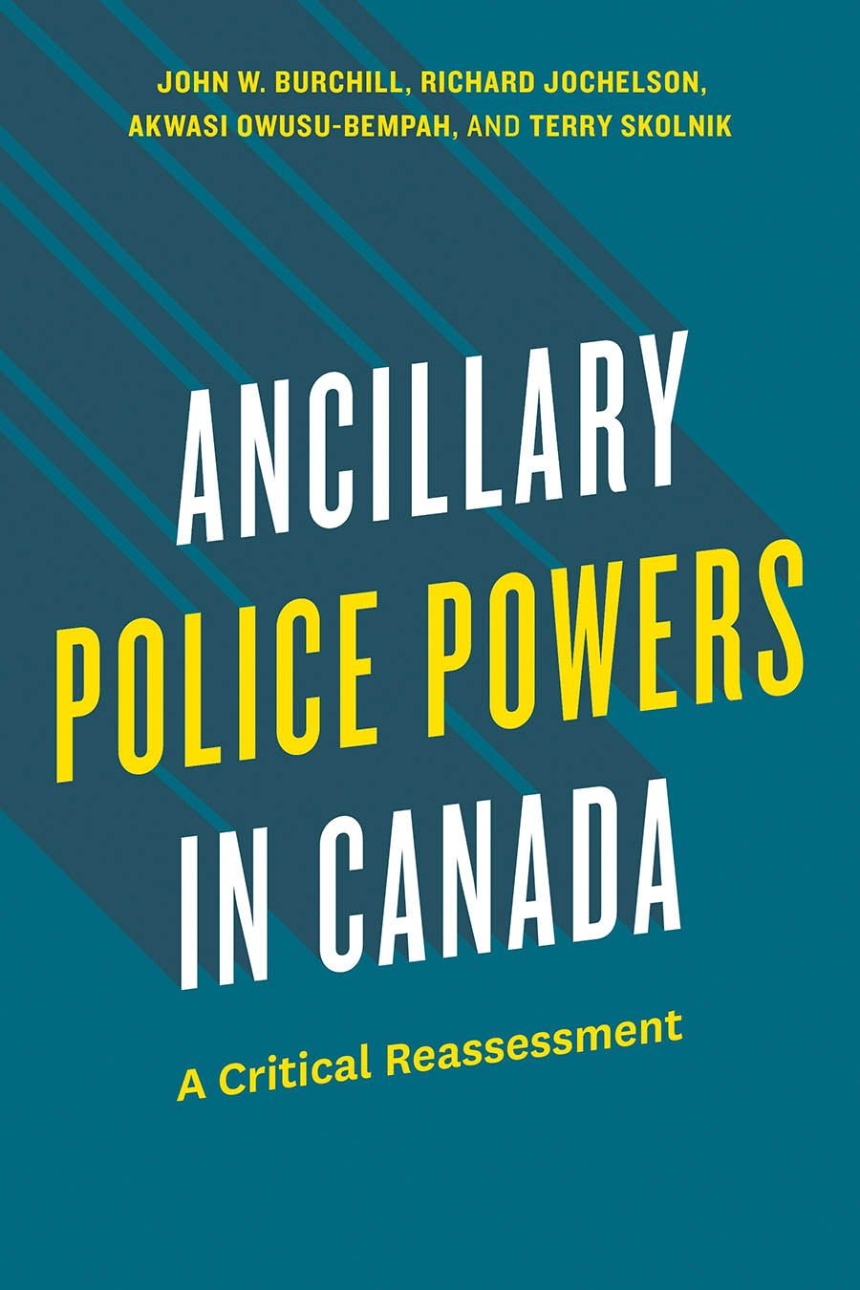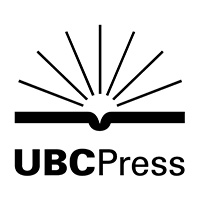Distributed for University of British Columbia Press
Ancillary Police Powers in Canada
A Critical Reassessment
Police enforce the law, but they must also obey it. Statutes circumscribe how law enforcement officers conduct their work. At the same time, Canadian courts have handed police many powers to stop, search, and otherwise investigate people in the pursuit of public safety and crime prevention.
Ancillary Police Powers in Canada explains what these common-law police powers are, how they came to be, and, crucially, what the potential dangers are in their expanding scope. Why are “Mr. Big” sting operations used? What is the difference between police duty and lawful authority? Should the Supreme Court rescind powers when the police tactics they enable become controversial? This nuanced book surveys the evolution, application, and future of judge-made police powers. The authors bring historical perspective, critical legal theory, and empirical analysis to an issue that is fundamental to constitutional protection from state interference with individual liberty.
280 pages | 8 figures, 2 tables | 6 x 9 | © 2024
Law and Legal Studies: Law and Society, The Constitution and the Courts
Reviews
Table of Contents
Introduction: Judicial Oversight of Police Powers in Canada
Part 1: History and Context
1 The Common Law Constable
2 The Supreme Court’s Embrace of the Ancillary Powers Doctrine
with Lauren Gowler
Part 2: Judicial Expansion of Police Powers
3 Search Incident to Arrest
with Lauren Gowler
4 An Empirical Analysis of Ancillary Power Generation and Deployment
with Lauren Gowler
Part 3: Critiquing Police Powers
5 The Doctrine’s Proportionality Problem
6 Ancillary Police Powers and the Black Experience in Canada
7 The Doctrine as a One-Way Ratchet
Conclusion
Notes; Bibliography; Index

